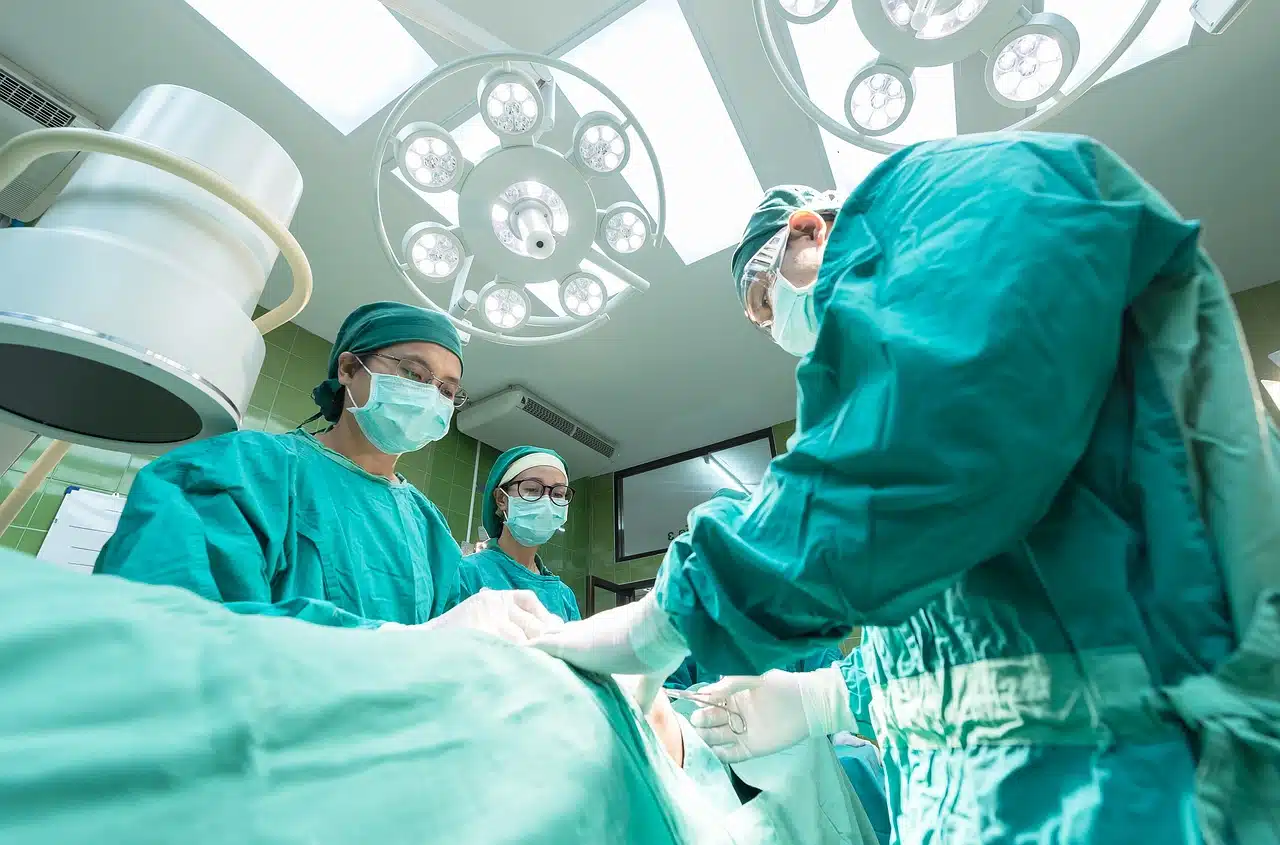
The mask covers the nose and mouth to protect against pathogenic or harmful agents.
A chinstrap is a mask , a mask that covers the nose and mouth as protection against pathogenic or harmful agents. This is the use given to the term in Argentina , Uruguay , Paraguay and Bolivia . This is a term that comes from beard , the area of the face located below the mouth.
It is important to note that, as the notion of chinstrap is associated with the beard, there are those who encourage the use of the expression tapaboca or coversaboca to specify that the mouth must be covered, as well as the nose . In fact, many people use it leaving their nostrils uncovered so they can breathe more comfortably, spoiling its effect.
Function
The function of the mask is to minimize the chances of the person inhaling or exhaling infectious particles or particles that may cause harm to them or their environment. In this way, it protects those who use it and also helps take care of the health of others.
Masks are used by doctors , nurses and other health workers. With the coronavirus pandemic , their use was extended to the general population since, according to many experts, they contribute to reducing the spread of the virus .
The greatest effectiveness of the mask is in blocking any viruses and bacteria that the user could expel through the mouth and/or nose. In other words: if an infected subject wears a mask, the chances of infecting another are reduced because this mask works as a physical barrier .
This same barrier can also prevent viruses and bacteria from entering the person's body, although in this case the effectiveness is less. Another advantage that the mask offers is that it prevents the user from touching their mouth and nose, thus making the transfer of the pathogen impossible.
History
The history of the chinstrap is very interesting and dates back several centuries. Its origin and evolution are due to various circumstances over time. The use of masks or face coverings to protect oneself from diseases and pollutants has been around since ancient times. In ancient Rome , doctors used leather ones to avoid getting infected from their patients. During the time of the Black Death in Europe, in the 14th century, the masks had long beaks filled with aromatic herbs.
However, the modern concept of a face mask as we know it today was primarily developed in the 19th century. During this period, doctors and scientists began to better understand the transmission of diseases through microorganisms and the importance of hygiene in prevention. In 1897, German physician Carl Flügge conducted studies on the spread of diseases through small particles expelled from the mouth and nose. Their research laid the foundation for understanding the importance of covering these holes to prevent the expulsion of germs.

Doctors have been using face masks for centuries, although their designs have changed considerably.
Later, during the Spanish flu pandemic in 1918 , the use of face masks became widespread as a protective measure. However, those used at that time were mainly made of fabric and did not have the same efficiency and technology as modern ones. With the advancement of science , designs were refined, leading to the emergence of different types, such as disposable surgical and N95 respirators, which offer greater defense against small particles, including viruses.
During the COVID-19 pandemic , masks became a crucial tool in preventing the spread of the virus. It has been shown that its proper use and compliance with public health guidelines can significantly reduce the risk of contagion.
